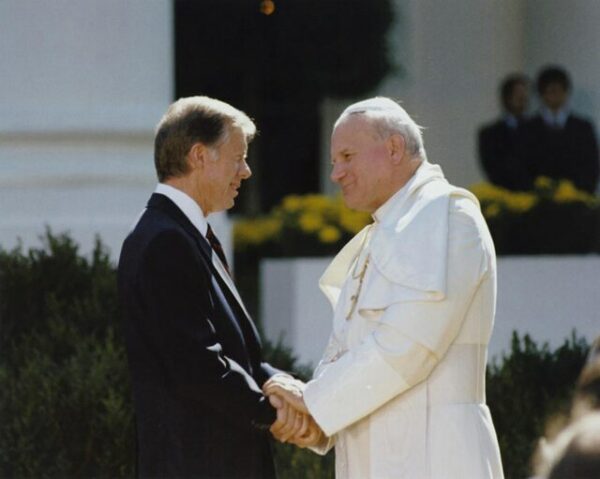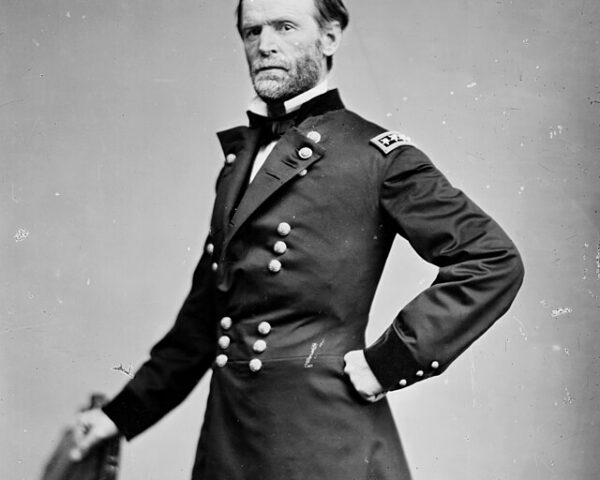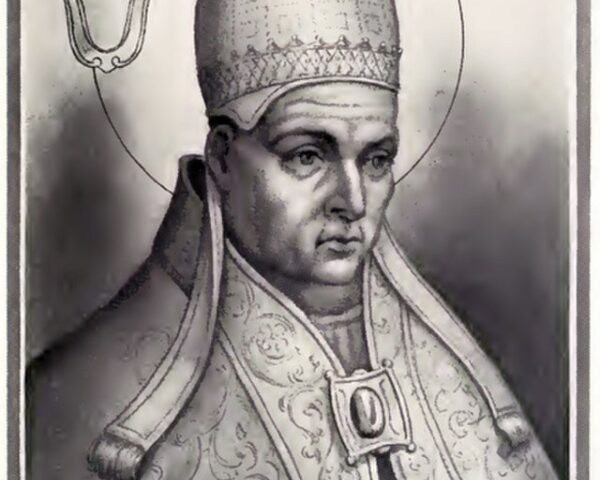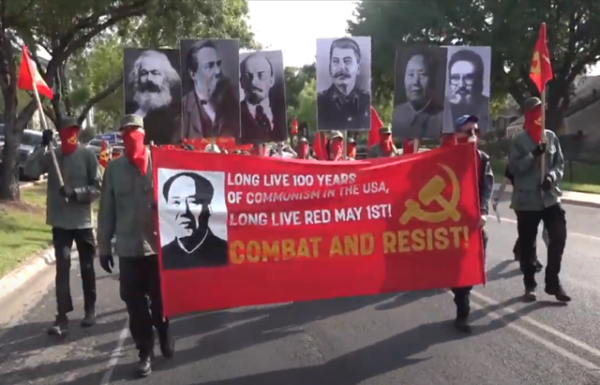On October 6, 1979, Pope John Paul II made history by becoming the first Roman Catholic pontiff to visit the White House. This groundbreaking event was part of his first official visit to the United States since becoming pope in 1978. The visit marked a significant moment in both U.S. history and in the papacy, underscoring the importance of strengthening ties between the Vatican and the United States while promoting messages of peace, human dignity, and religious freedom.
Pope John Paul II’s visit to the White House came at a time of profound change, both globally and domestically. The Cold War was in full swing, and the role of religion in global politics had become more pronounced, especially in John Paul II’s native Poland, where the Solidarity movement, heavily influenced by the Catholic Church, was challenging Soviet authority. In the United States, religion was becoming a more visible factor in public life, and the visit of the pope offered an opportunity for Americans to reflect on the broader role of faith in national and global affairs.
President Jimmy Carter and First Lady Rosalynn Carter welcomed Pope John Paul II with great ceremony, recognizing the importance of the event and the weight it carried on the international stage. Thousands of people gathered on the South Lawn of the White House to witness the historic moment, with the pope receiving a 21-gun salute and warm applause from the crowd. The occasion was not just a diplomatic meeting but a highly symbolic encounter between the leader of the world’s largest Christian denomination and the president of a nation built on religious freedom.
In his remarks at the White House, Pope John Paul II spoke eloquently about the values that both the United States and the Catholic Church cherished. He emphasized the importance of human rights, peace, and justice, speaking to the shared ideals of both American democracy and Catholic social teaching. “We live in a time when peace and human dignity are threatened on many sides,” the pope said. “The challenge to humanity is to overcome the obstacles to freedom, justice, and peace.”
He also praised the United States for its commitment to religious liberty, noting the unique place that the country held as a beacon of freedom for people of all faiths. “The United States is indeed a land of liberty, where men and women of all creeds can worship according to the dictates of their conscience,” he said. “In this sense, your country has always been a guiding light to the world, and I commend you for your devotion to the principles of freedom.”
Pope John Paul II’s visit to the White House carried deep significance, not only for Catholics but for all Americans. It symbolized the growing recognition of the Catholic Church’s role in global affairs, particularly during the Cold War. The pope had already shown himself to be a strong voice for human rights and religious freedom, especially in Eastern Europe, where communist regimes often suppressed religious expression. His presence in Washington was a reminder of the importance of these values, and his message resonated with millions.
President Carter, in his address, praised Pope John Paul II for his leadership and his efforts to promote peace and human rights across the globe. He acknowledged the pope’s influence in his native Poland, where his support for the Solidarity movement had inspired millions to stand up against Soviet oppression. Carter also noted that the pope’s visit was a reflection of the growing importance of moral and ethical values in international relations, particularly in the quest for peace.
While the meeting between Pope John Paul II and President Carter focused on many issues of mutual concern, including peace, human rights, and the importance of religious freedom, it also underscored the shared values that both leaders represented. The pope’s emphasis on social justice and the president’s commitment to human rights created a strong foundation for dialogue, and their meeting was seen as a symbol of the potential for faith and politics to work together for the common good.
The visit of Pope John Paul II to the White House was a pivotal moment in U.S.-Vatican relations, cementing a new era of collaboration between the two states. It also demonstrated the pope’s global influence as a spiritual leader who sought to bridge divides and promote a message of peace and human dignity. For millions of Catholics in the United States, the pope’s visit was a moment of great pride, while for non-Catholics, it was an opportunity to reflect on the universal values that Pope John Paul II championed. His words and presence left a lasting impression, both on those who witnessed the event firsthand and on future generations.






